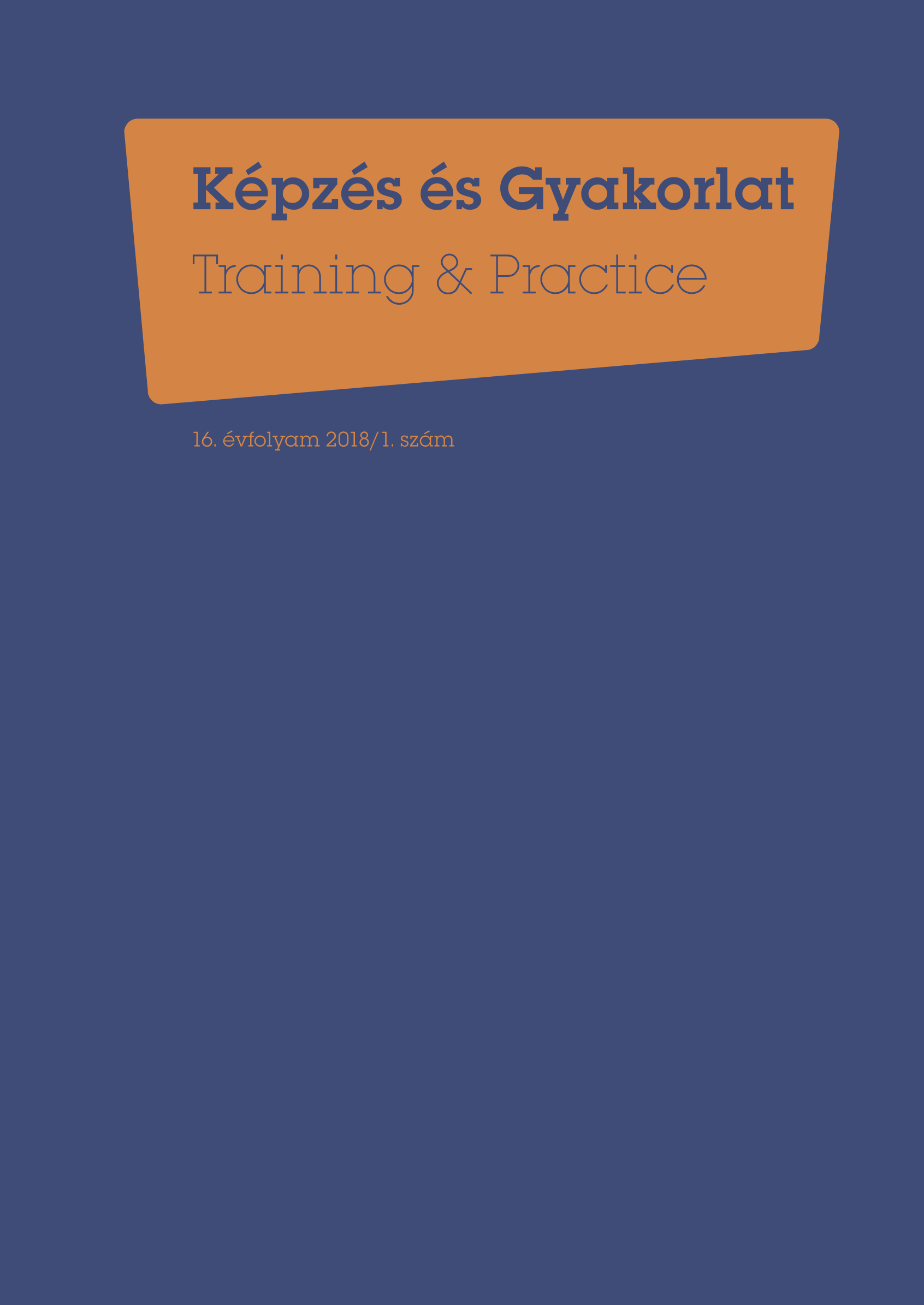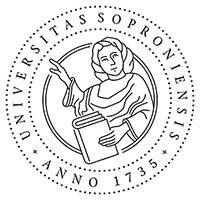LGBT sensitization amongst children with cerebral paresis
DOI:
https://doi.org/10.17165/TP.2018.1.6Abstract
School as a secondary socialization area undeniably forms the children’s world view. Equality, antidiscrimination are accepted in theory, but they are not integrated into everyday practice completely. Until there is discrimination against ethnicity, genders, sexualities or disabled people in the media, there will be discrimination in the classrooms. I did my research in an under-examined area: the awareness and attitude towards LGBT people, amongst youngsters with cerebral paresis. I examined seven children’s attitude in a class in spontaneous situations and in guided conversations, before a sensitization training held by me and immediately after the training and in perspective of two months.
References
Palladino, J.M. – Giesler, M.A. (2014). In or Out When Out & About?: Identifying the
Professional Support Needs of LGBT Preservice Social Work & Education Majors. [online] https://eric.ed.gov/?id=ED545481 [2017.10.16.]
Arrietta, S.A. – Palladino, J.M. (2014). Special Education Teachers’ Perceptions of Students with Emotional Impairments and Their Same-Sex Behaviors: A Multiple Case Study. [online] https://eric.ed.gov/?id=ED548031 [2017.10.16.]
GLSEN (2009). The Experiences of Lesbian, Gay, Bisexual and Transgender Middle School Students. New York: Gay, Lesbian and Straight Education Network.
Takács, J. (2011). Homofóbia Magyarországon. Budapest: L’Harmattan Kiadó.
Downloads
Published
Issue
Section
License
Copyright (c) 2018 Dénes Dóra

This work is licensed under a Creative Commons Attribution-NonCommercial-NoDerivatives 4.0 International License.












